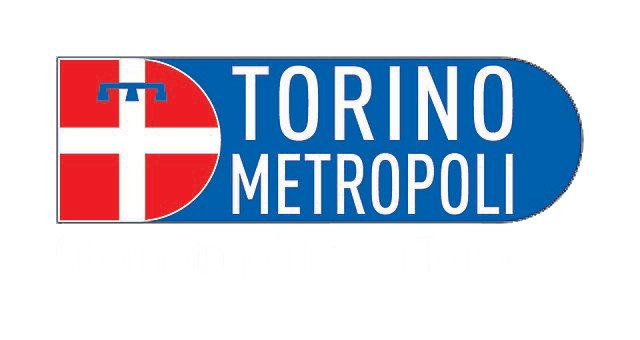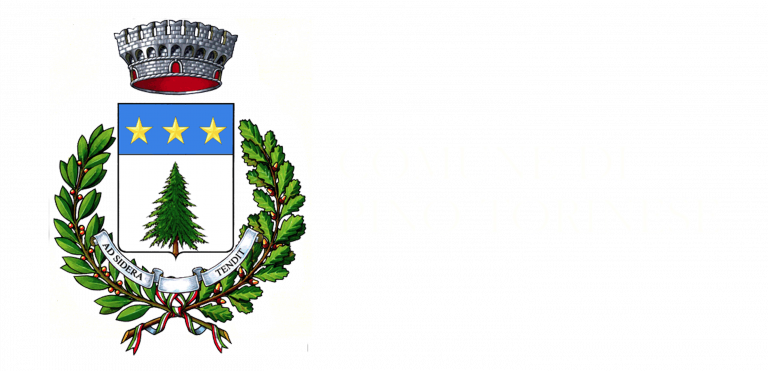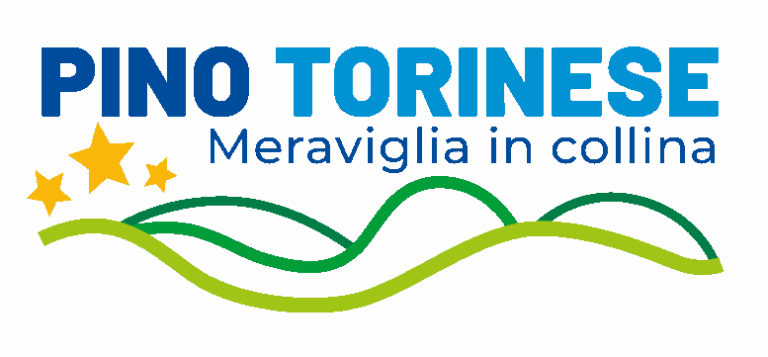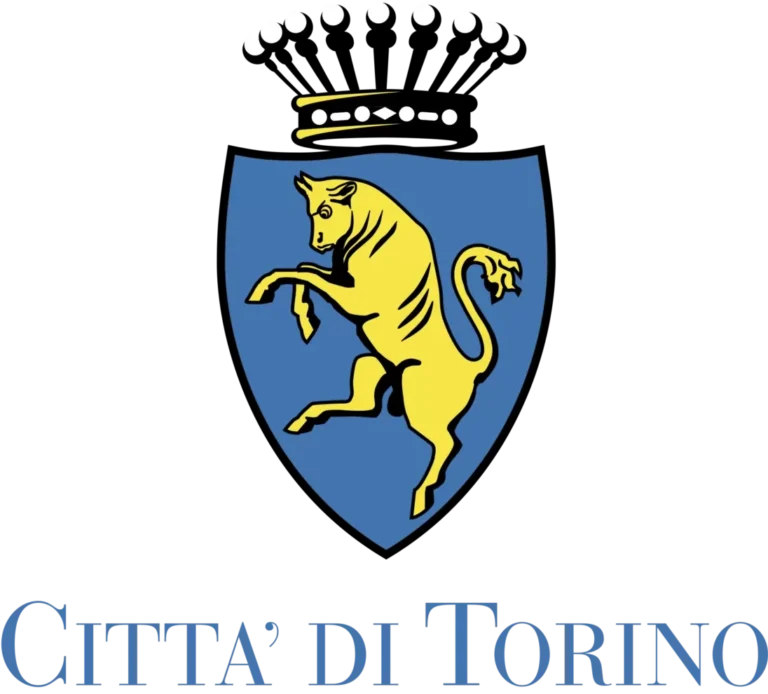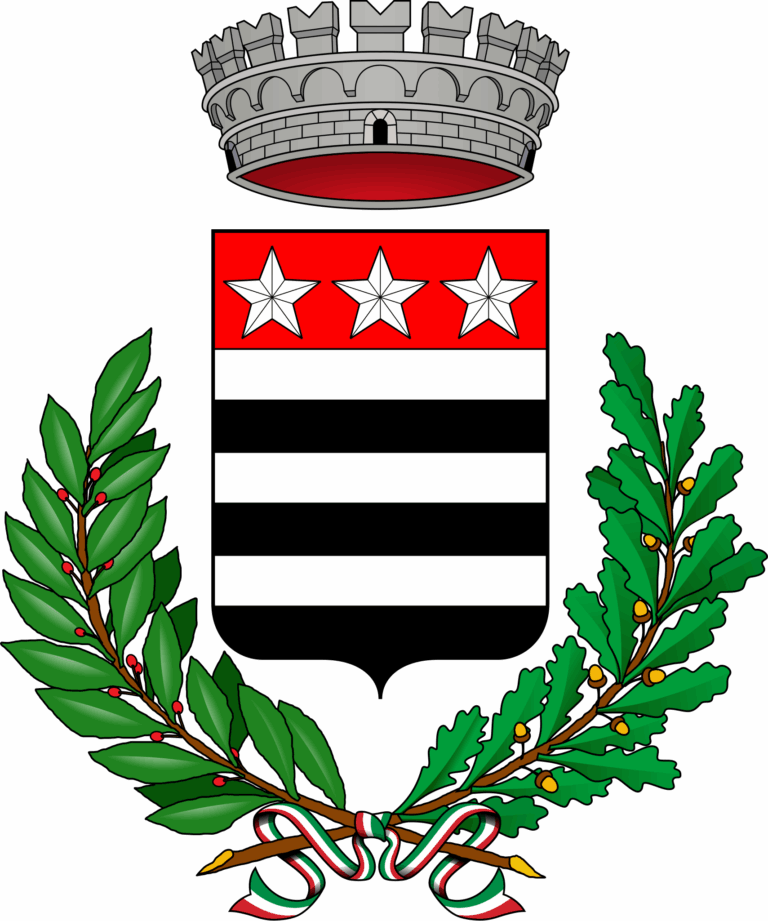MERCURIO
MERCURIO

DURATA GIORNO (ROTAZIONE)
58,6 giorni

DURATA ANNO (RIVOLUZIONE)
88 giorni

EFFETTO GRAVITÀ



MERCURIO
Mercurio è il pianeta più vicino al nostro Sole e il più piccolo del sistema solare: ha un diametro di circa 4.880 chilometri, circa il 38% delle dimensioni della Terra. Per dare un’idea, è più grande della Luna, ma molto più piccolo di pianeti come Venere o Marte.
Il pianeta è composto principalmente da metalli e rocce, con un nucleo di ferro molto consistente che rappresenta circa il 70% del suo volume. Questo nucleo è quasi sicuramente liquido, circondato da un mantello di rocce solide. La superficie di Mercurio è molto simile a quella della Luna, ricoperta da crateri, come il cratere Caloris, che ha un diametro di circa 1.550 chilometri.
Una delle caratteristiche più sorprendenti di Mercurio è la sua temperatura. A causa della sua vicinanza al Sole e della mancanza di un’atmosfera significativa, le temperature variano drasticamente tra il giorno e la notte. Durante il giorno, la superficie può raggiungere i 430°C, di notte, invece, le temperature scendono fino a -180°C, rendendo il pianeta uno dei più estremi in termini di escursione termica. La sua atmosfera, molto sottile, è composta principalmente da ossigeno, sodio, idrogeno, elio e potassio. Questa atmosfera è così tenue che non può trattenere il calore ed è una delle ragioni delle sue temperature estreme.
Mercurio compie una rotazione completa su sé stesso in circa 58,6 giorni terrestri. Tuttavia, il suo anno, ovvero il tempo che impiega per orbitare attorno al Sole, è di circa 88 giorni terrestri. Questa combinazione di rotazione e rivoluzione causa un fenomeno chiamato “risonanza orbitale”, che fa sì che un giorno solare (il tempo tra due tramonti) su Mercurio duri circa 176 giorni terrestri.
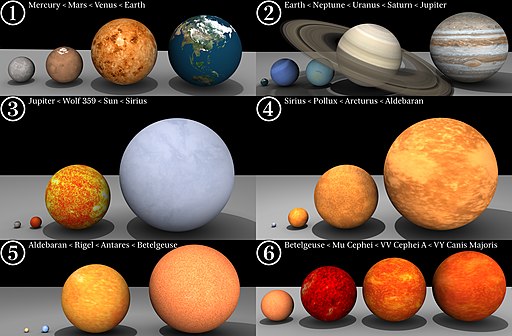
Dave Jarvis (https://dave.autonoma.ca/), CC BY-SA 3.0, via Wikimedia Commons

Torino nello Spazio
Studi, modelli, veicoli per le missioni:
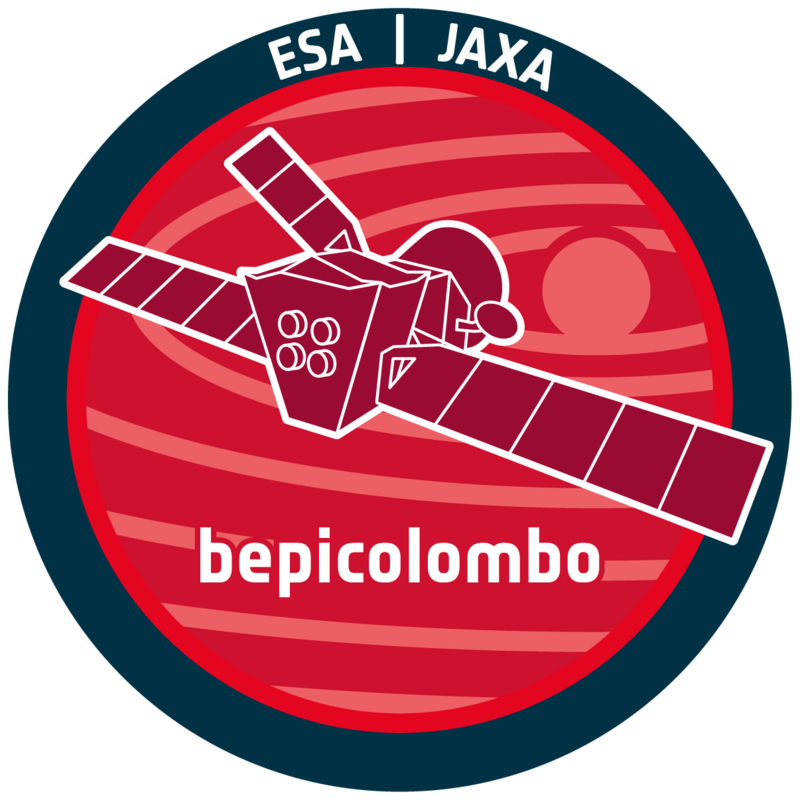
BepiColombo
APPROFONDIMENTI:
- Wikipedia: BepiColombo
- Thales Alenia Space: BepiColombo: an Earthly interlude
Il Sole è il punto di partenza del Sentiero dei Pianeti: una passeggiata di 8,6 km che rappresenta il sistema solare, mostrando la distanza e dimensione dei pianeti in scala (1:869.653.000). Il percorso, immerso nel verde, prevede 13 tappe e termina a Pino Torinese, presso il Planetario-Osservatorio.

MERCURY
Mercury is the closest planet to our Sun and the smallest in the solar system. It has a diameter of about 4,880 kilometers, roughly 38% the size of Earth. To put that into perspective, it’s larger than the Moon but much smaller than planets like Venus or Mars.
The planet is made primarily of metal and rock, with a large iron core that makes up about 70% of its volume. This core is most likely liquid and is surrounded by a mantle of solid rock. Mercury’s surface closely resembles that of the Moon—heavily cratered—featuring impact sites like the Caloris Basin, which has a diameter of about 1,550 kilometers.
One of Mercury’s most striking features is its temperature. Due to its proximity to the Sun and its lack of a significant atmosphere, temperatures vary dramatically between day and night. During the day, surface temperatures can reach up to 430°C, while at night they can drop as low as -180°C—making Mercury one of the most extreme planets in terms of temperature fluctuation. Its extremely thin atmosphere is composed mainly of oxygen, sodium, hydrogen, helium, and potassium. This atmosphere is so sparse that it cannot retain heat, contributing to these temperature extremes.
Mercury takes about 58.6 Earth days to complete one full rotation on its axis. However, its year—the time it takes to orbit the Sun—is about 88 Earth days. This unique combination of rotation and revolution creates a phenomenon known as “orbital resonance,” which results in one solar day (from one sunrise to the next) on Mercury lasting approximately 176 Earth days.


Turin in Space
Mission studies, models, and vehicles:





